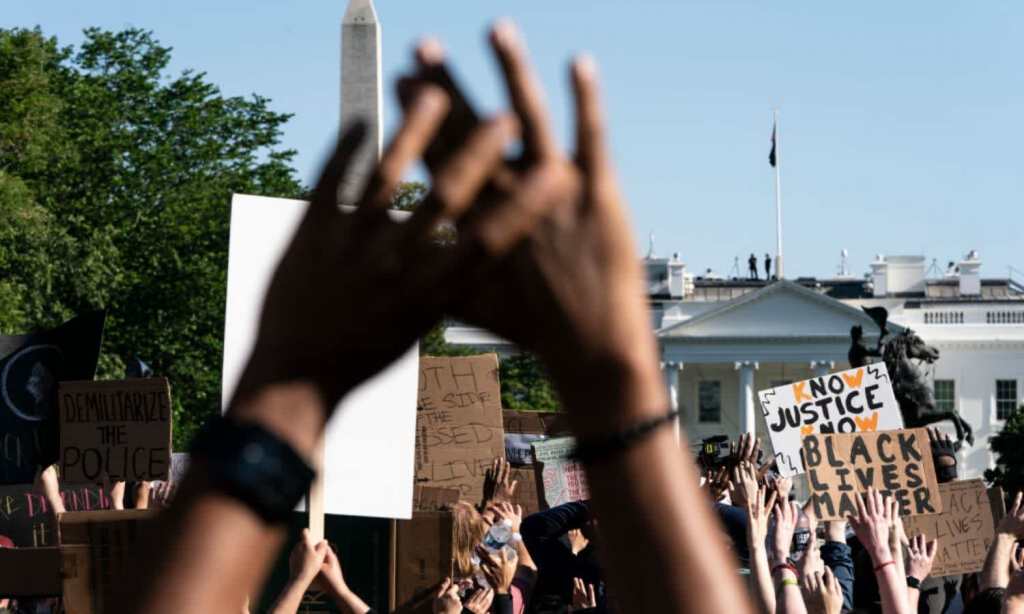Intergenerational trauma is inherited from parent to child. In many instances, this trauma comes from a first-generation person personally experiencing or witnessing a traumatic event and then passing this trauma down to their children.
According to Australians Together, a not-for-profit organisation that highlights Indigenous voices and helps non-Indigenous people learn more about our shared history, this trauma is usually “passed on through parenting practices, behavioural problems, violence, harmful substance use and mental health issues.”
Much research has been undertaken in this area and the consensus is that intergenerational trauma is indeed a common phenomenon. A study from 2011 found that trauma can be passed genetically, with researchers studying the genetics of 32 Jewish men and women, who had experienced trauma during the Second World War including being interned in a concentration camp or having to hide.
The researchers from New York’s Mount Sinai hospital also studied the genes of the participants’ children as well as Jewish families who lived outside of Europe during WWII.
“The gene changes in the children could only be attributed to Holocaust exposure in the parents,” Rachel Yehuda, the lead author of the study, said.
While the study copped criticism for its small sample size and for not investigating third or fourth-generation descendants of Holocaust survivors, it definitely offers an interesting look into intergenerational trauma.
Intergenerational trauma in today’s society
The recent murder of an unarmed Black man called George Floyd by police in Minnesota in the United States has reignited the conversation around intergenerational trauma, which is also referred to as historical trauma. This is commonly experienced by communities who have been persecuted generation after generation, like the African American community, Indigenous Australians and Jewish people.
“Black lives have been assailed since they set foot in the U.S., and even beyond the U.S.; it’s a worldly phenomenon and epidemic that we’ve been experiencing for hundreds and hundreds of years now,” Mariel Buquè, PhD, a trauma therapist, told Refinery29.
“There are a lot of messages that are passed on at an early age in life that positions Black individuals to believe that the world is a threatening place, which is the case for us. But when you’re a child and you’re still trying to understand your place in the world, being plummeted with these messages — that are protective in many ways — is very traumatic.”
Much like Black people in the United States and around the world, Indigenous Australians suffer similar intergenerational trauma. This homegrown trauma comes “as a result of colonisation, including the associated violence and loss of culture and land, as well as subsequent policies such as the forced removal of children,” says Australians Together.
“Research shows that people who experience trauma are more likely to engage in self-destructive behaviours, develop lifestyle diseases and enter and remain in the criminal justice system.”
According to Refinery29, this fits into the biopsychosocial model — an interdisciplinary model that looks at how biological, psychological and socio-environmental factors are connected. While this has been studied quite extensively, this type of stress hasn’t yet been acknowledged as a “diagnostic qualifier in the psychiatric world.”
“The reason for that is because the people that are creating the diagnostic codes aren’t, for the most part, people that look like us,” Buquè told Refinery29.
“There isn’t a voice in the room to say we have to consider to experiences of Black folks, and how these produce a very specific type of stress race-based traumatic stress that have the markers of PTSD, such as hyper-vigilance, hyper-arousal, intrusive thoughts, and sleep disturbances.”
Healing intergenerational trauma
When it comes to healing intergenerational trauma, it’s a tricky one, as you might expect. What works for one person and makes them feel better won’t be what helps someone else. Working through this trauma can be done with the help of a mental health professional, or by one’s self.
“It’s really important for us to be attuned what the triggering factors are for us, and what the psychological markers are — what it looks like for us to be in trauma,” Buquè said.
“Having an understanding of what trauma is like for them specifically can be highly empowering, and can be the very beginning of a healing journey to break the cycle of trauma for generations to come.”
When it comes to Indigenous Australians, evidence suggests that overcoming this historical trauma can be helped along by giving communities the power and support to identify their own problems and take charge of their own healing, while also building cultural awareness for the larger community.
“It’s critical that healing programs have an emphasis on restoring, reaffirming and renewing a sense of pride in cultural identity, connection to country and participation in community,” according to Australians Together.
What can I do?
Actively working on becoming an anti-racist ally is the first step to healing this trauma for those that you know and the community around you. Secondly, it’s important to recognise emotional labour and not leave it up to Black people to educate on these issues.
“One thing that’s incredibly important to consider is just an increase of consciousness around placing added burden upon Black individuals,” Buquè told Refinery29.
“There are many times when well-intended and well-meaning white people, who I know truly care for me, make statements of white guilt, or express that they don’t know what to do. There are a lot of resources out there around allyship and co-conspiratorship.
“My recommendation is that people seek those out, rather than place that heavy burden of their own guilt and shame upon a person that’s already in grief and in trauma.”
This same understanding should also be given to our Indigenous communities here in Australia.
“It’s important to view the disadvantage and dysfunction experienced by some Indigenous communities in the context of intergenerational trauma,” says Australians Together.
“Having traumatic events acknowledged and honoured by the wider Australian community can help contribute to healing the wounds of the past for Indigenous people.”







